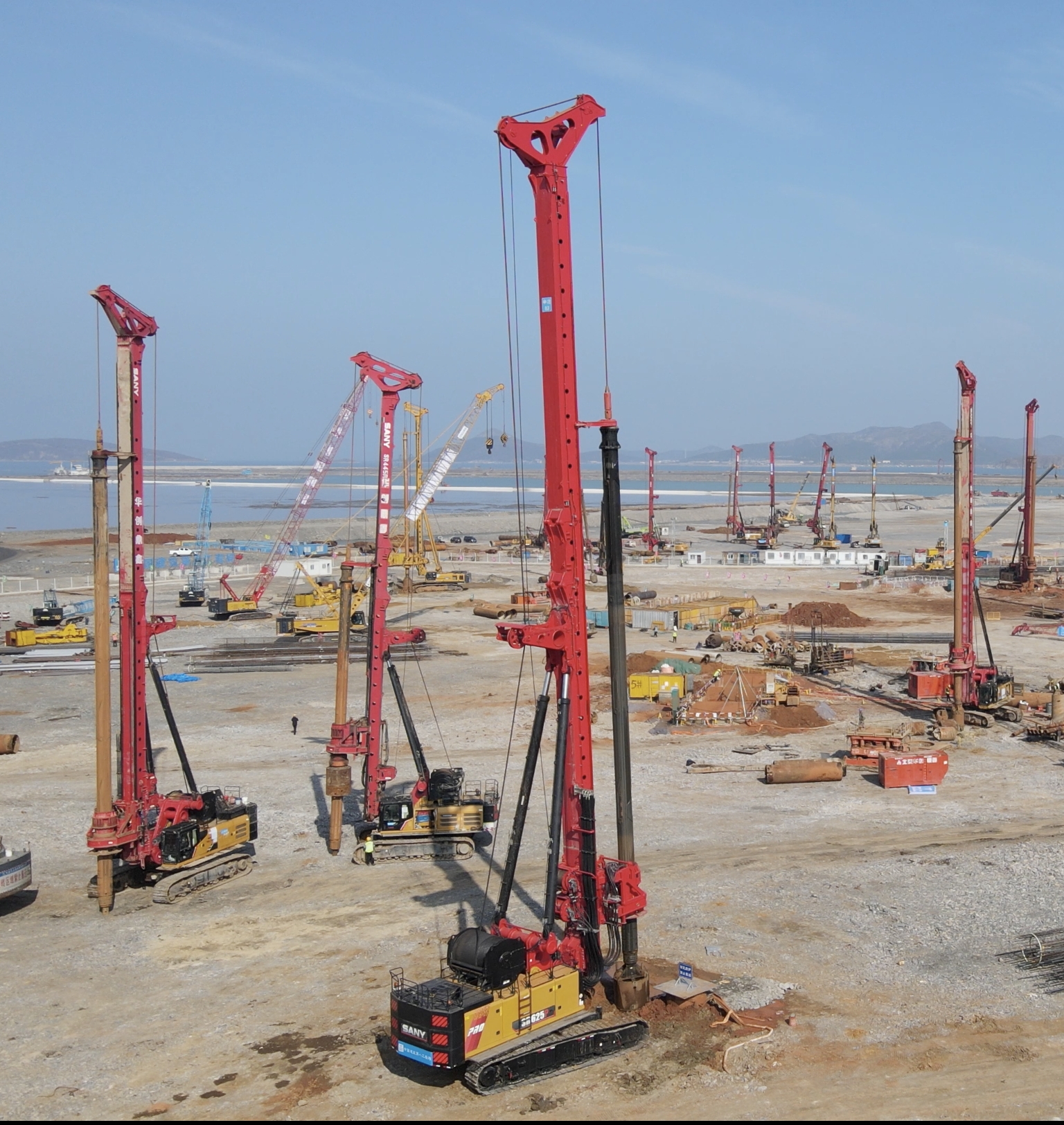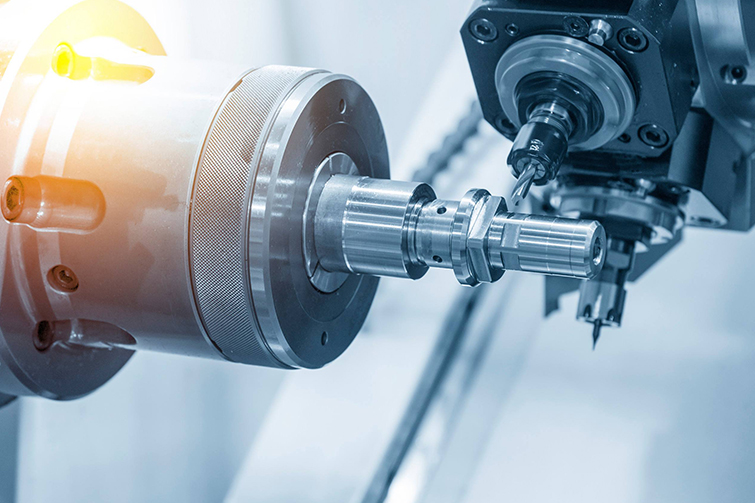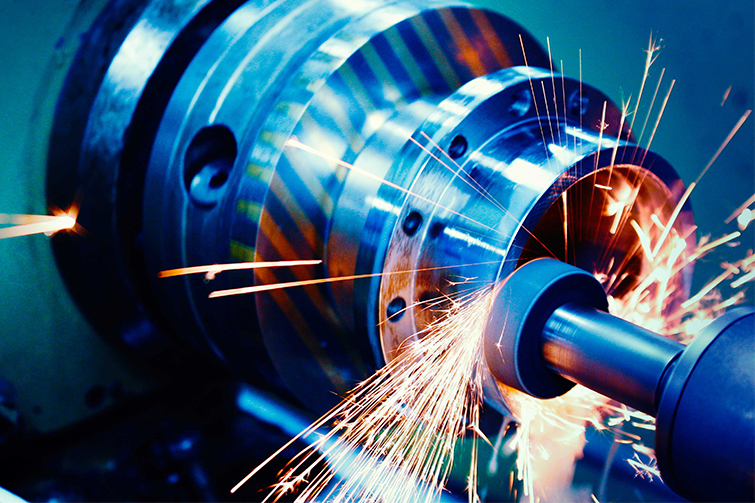

The Comprehensive Guide to Water Well Drilling and Well Boring Techniques

Understanding Water Well Drilling and Well Boring
Water well drilling and well boring are two critical processes used to extract groundwater from beneath the earth's surface. While often used interchangeably, they refer to slightly different techniques. Drilling typically involves the use of a drill bit to penetrate the ground, while boring refers to the process of creating a hole using a boring machine. Both methods are vital for accessing clean, sustainable water sources.
Key Techniques in Water Well Drilling
The process of water well drilling can be categorized into several techniques, including rotary drilling, percussion drilling, and auger drilling. Rotary drilling is the most common method, utilizing a rotating drill bit to cut through the earth. Percussion drilling, on the other hand, involves repeatedly lifting and dropping a heavy tool to break the ground. Auger drilling is suitable for softer soils, using a helical screw to lift material out of the borehole.
Well Boring Methods Explained
Well boring is often preferred in areas with softer soil conditions. The two primary methods are hand boring and machine boring. Hand boring is labor-intensive and suitable for shallow wells, while machine boring can reach greater depths and is more efficient for larger projects. Each method has its advantages, depending on the project requirements and soil conditions.
Choosing the Right Method for Your Project
Selecting the appropriate drilling or boring method depends on several factors, including soil type, water table depth, and the intended use of the well. Soil analysis is a critical step in determining the most effective technique. Additionally, environmental considerations and local regulations may influence the choice of method.
Maintenance and Safety Considerations
Regular maintenance is essential to ensure the longevity and efficiency of a water well. This includes periodic inspections, cleaning, and water quality testing. Safety measures must also be adhered to during drilling and boring operations to prevent accidents and ensure the well's structural integrity.
Frequently Asked Questions
What is the difference between water well drilling and well boring?
Water well drilling typically refers to the process of using a drill bit to penetrate the ground, while well boring involves creating a hole using a boring machine. The choice between the two depends on soil conditions and project requirements.
How deep can a water well be drilled?
The depth of a water well can vary significantly, from a few meters to several hundred meters, depending on the water table and the drilling method used.
What are the environmental impacts of water well drilling?
Water well drilling can have minimal environmental impact if conducted responsibly. Proper site selection, waste management, and adherence to regulations are crucial to minimizing any negative effects.








